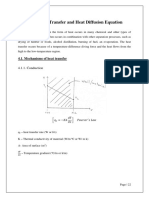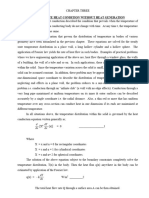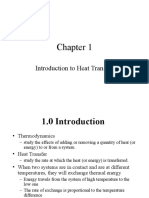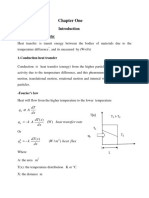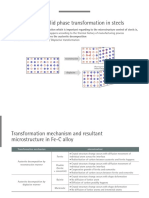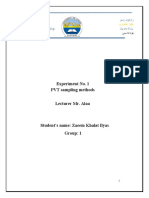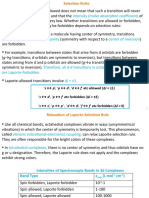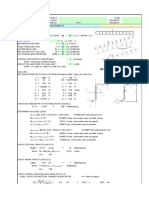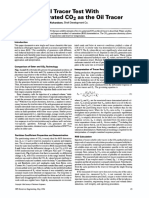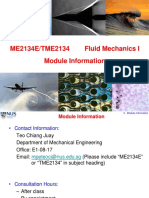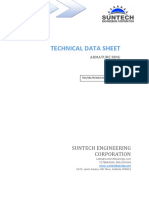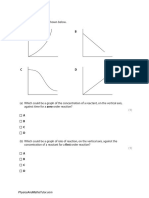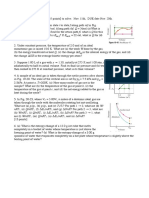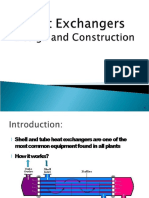100% found this document useful (1 vote)
282 views11 pagesA HT1 Solution Tutorial 1 PDF
This document contains definitions and examples related to heat transfer concepts including conduction, convection, radiation, Fourier's law, and the laws of Stefan-Boltzmann and Newtonian cooling. It provides 7 examples calculating heat transfer rates using these concepts for scenarios involving conduction through walls, convection from a hot plate, and radiation between blackbody plates. The final example calculates an inside plate temperature given heat losses by convection and radiation.
Uploaded by
Bobby Yusuf HakaCopyright
© © All Rights Reserved
We take content rights seriously. If you suspect this is your content, claim it here.
Available Formats
Download as PDF, TXT or read online on Scribd
100% found this document useful (1 vote)
282 views11 pagesA HT1 Solution Tutorial 1 PDF
This document contains definitions and examples related to heat transfer concepts including conduction, convection, radiation, Fourier's law, and the laws of Stefan-Boltzmann and Newtonian cooling. It provides 7 examples calculating heat transfer rates using these concepts for scenarios involving conduction through walls, convection from a hot plate, and radiation between blackbody plates. The final example calculates an inside plate temperature given heat losses by convection and radiation.
Uploaded by
Bobby Yusuf HakaCopyright
© © All Rights Reserved
We take content rights seriously. If you suspect this is your content, claim it here.
Available Formats
Download as PDF, TXT or read online on Scribd
/ 11











